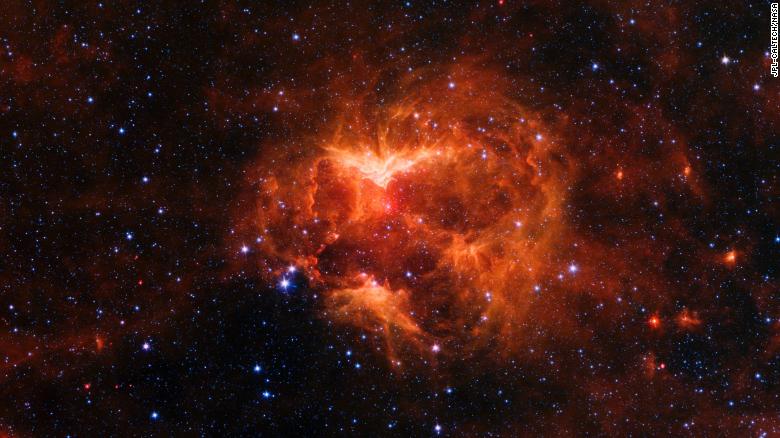
Around 5 million years ago, a star was ejected from Sagittarius A- the supermassive black hole at the centre of the Milky Way Galaxy. This month, a group of researchers spotted the superfast star-travelling close to the Earth.
Led by Sergey Koposov of Carnegie Mellon University's McWilliams Center for Cosmology as part of the Southern Stellar Stream Spectroscopic Survey (S5), researchers spotted the star known as S5-HVS1- in the constellation Grus.
A press release from the researchers said the star was travelling just 29,000 light-years away from Earth, or "practically next door by astronomical standards."
According to them, the "runaway" star is travelling ten times faster than another galaxy. "The velocity of the discovered star is so high that it will inevitably leave the [Milky Way] and never return," said co-author Douglas Boubert of the University of Oxford.
"This is super exciting, as we have long suspected that black holes can eject stars with very high velocities," Koposov said. "However, we never had an unambiguous association of such a fast star with the Galactic Center."
Astronomers are using the 3.9-meter Anglo-Australian Telescope at the Australian National University's Siding Spring Observatory discovered the star and conducted follow-up measurements to track its path.
Koposov and his team are currently able to track the star's journey back to the center of the galaxy. According to the research, S5-HVS1 used to live along with the companion star, but when two drifted close to Sagittarius A, its companion was captured.
"My favourite part of this discovery is thinking about where this star came from and where it's going," said Carnegie's Alex Ji. "It was born in one of the craziest places in the universe, near a supermassive black hole with lots of other nearby star friends; but it's going to leave our galaxy and die all alone, out in the middle of nowhere. Quite a fall from grace."
The finding was done when astronomers were looking for the remains of small galaxies orbiting the Milky Way. The telescope that was used was measuring about 400 targets. The black hole is known as Sagittarius A or Sgr A.
Currently, astronomers are planning to keep tracking the star to gain precise measurement of its velocity.